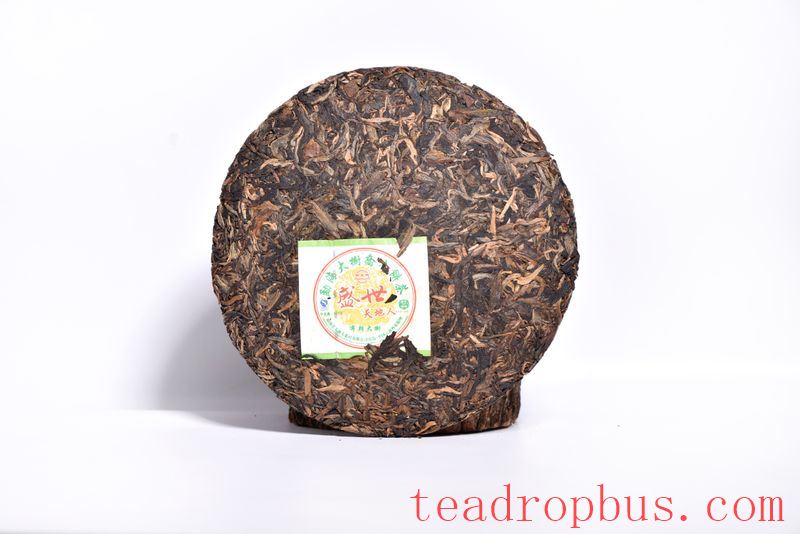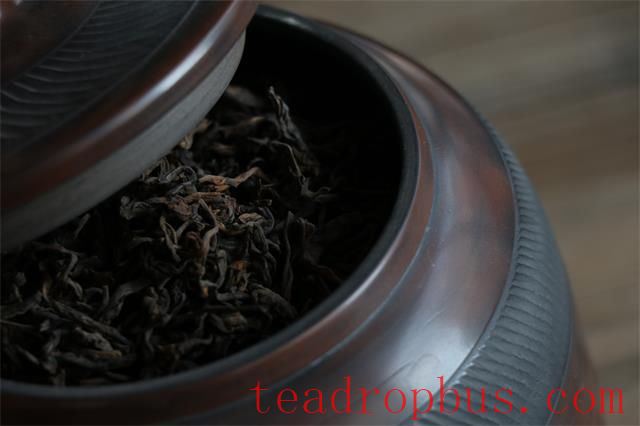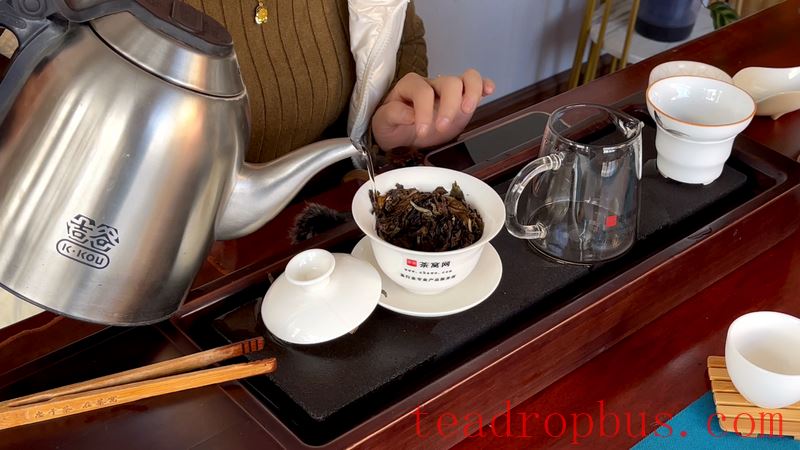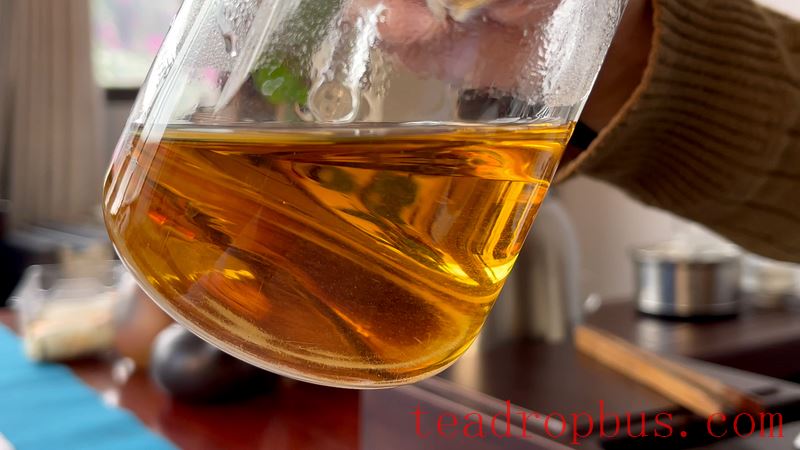Pu'er Tea, often referred to as “drinkable antique,” earns its name due to the unique characteristic that it becomes richer and more fragrant with age. Connoisseurs seek out aged teas for the higher quality tasting experience they offer. Good aged Pu'er is hard to come by, making the brewing process all the more important in terms of technique.

Airing Out Aged Pu'er Tea
The airing out process for Pu'er tea may seem simple, but in fact, there are many considerations. The purpose of airing out the tea is to bring out its best flavor profile. Whether stored in boxes, bundles, or sealed in cardboard boxes, Pu'er tea is typically kept in a relatively closed environment. Whole pieces of tea are either packed tightly in bamboo baskets and covered with burlap, or sealed in cardboard boxes. After a long period, the tea falls into a “sleep”; drinking it immediately can result in a dull taste, and even various off-flavors. If you have loose tea, expose it to the air; if it's compressed, break it into smaller pieces; if it's in cake form, try to keep the leaves intact as much as possible.

After breaking up the tea, leave it in an environment without direct strong light, odor, and with good air circulation for 1-3 days, covering it with cotton paper. For teas with a strong storage flavor, this period could be 10-30 days, until the storage smell is no longer noticeable when smelling the dry tea.
Following step 2, transfer the tea into clay or purple clay jars. Of course, if you don't have jars, clean, odorless boxes or bags can achieve similar results. Choosing clay or purple clay jars is preferred because these materials allow for air permeability. Thus, if the jar is glazed, the effect of airing out the tea will be significantly reduced.
This process takes anywhere from 7 days to half a year depending on the specific tea. When processing tea, we emphasize observing the tea itself during each step, and the same principle applies to airing it out. We'll go into more detail later.

Once the dry airing is complete, you're likely eager to taste the tea. But wait, there's still a wet airing process. This wet airing is what people commonly refer to as rinsing the tea. After both the dry and wet airing processes, which might take a week for new tea or 3-6 months for older teas, you can finally begin the delightful tasting process. It's also recommended to air several teas at once. Otherwise, if the tea turns out to be of poor quality, the several months of airing effort would have been wasted, causing great disappointment.
Brewing Aged Pu'er Tea
First, try to break up the tea along its natural texture, as this helps release its aroma more easily. When taking tea, ensure to sample from both the interior and exterior to maintain a balanced infusion.
After warming the Teaware, place 8g of tea into a Gaiwan and dry sniff to see if the aroma has started to disperse.

To rinse the tea, pour water using a low, pinpoint method, filling the gaiwan two-thirds full, then switch to a thin stream of water while gently swirling the leaves to encourage better release of flavors in aged tea. Note that high-temperature water is essential for aged tea, and let it steep for about 10 seconds before discarding the rinse water. Then, lightly sniff the leaves with the lid open.
During the actual brewing, pour boiling water using a medium stream in the four o'clock direction of the gaiwan, allowing the water to slowly saturate the tea from the bottom. Let it steep for around 5 seconds, then pour it into a pitcher at a consistent height. This helps to better release the tea's aroma.

Another crucial aspect of brewing is the location of pouring water. Avoid pouring water into empty areas or where the tea will be poured out, as this can cause uneven saturation and result in inconsistent strength of the infusion. Remember to reheat the water if it cools during the brewing process, as insufficient temperature makes it difficult to bring out the woody and aged aromas in old tea.